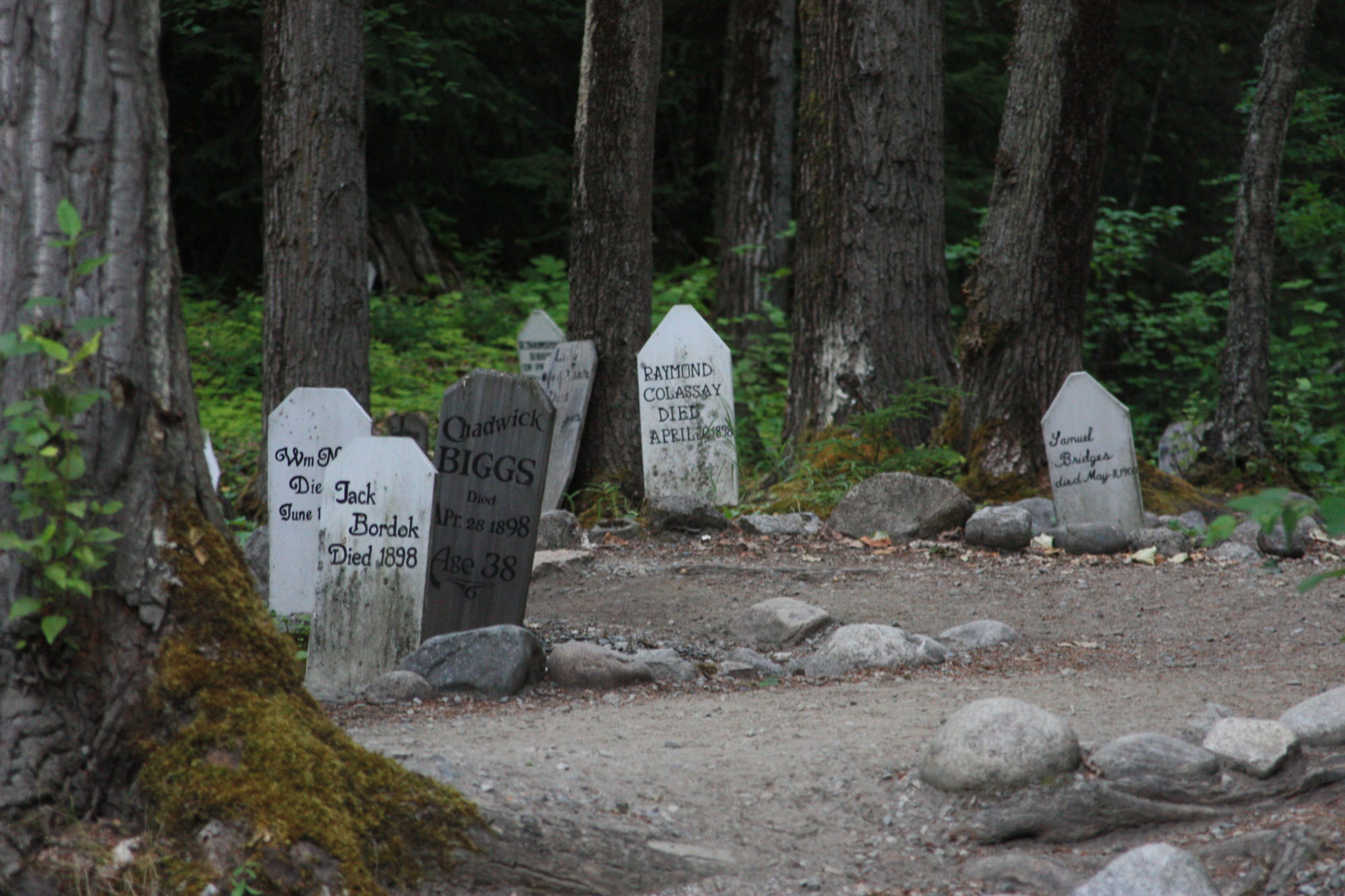
James Whitson was born in 1849 in Haddington, Scotland. He had wandering spirit.
As a young man, Whitson ran away to sea and served before the mast around the world. He met Marion Horlock Smith in Auckland New Zealand and fell in love with her. He settled in New Zealand and took over as manager of the Albert/Whitson Brewery in Elliot St, Auckland in 1883, living at the Auckland Club until he and Marion were married in 1884.
In 1889 they moved to Melbourne, where James was promised a job with the Carlton Brewery, which ended him up in Hay, N.S.W. in 1890. His daughter Agnes was born there. He then returned to Auckland and because of his principles decided to find a new occupation. In 1895 went to Victoria, B.C. In 1896 he was an Accountant with British Columbia Cannery at Deas Island, Murray River, north of Vancouver.
Whitson’s final job was a “Customs Broker” at Log Cabin. He was actually a book-keeper in partnership with Messrs J.T. Bethune and Baker, a mineral exploration company in the Klondike. Soon after arriving in the North, he unfortunately fell ill with pneumonia and died on this day, April 28, 1899. He was 50 years old. After he died at Log Cabin, his body was shipped to Victoria and buried in Ross Bay Cemetery, Victoria (where Capt. Moore and his wife, and Nellie Cashman are also buried).
His widow Marion and four children lived at 7 Clarke St, Spring Ridge, Victoria, British Columbia. Apparently they decided to return to New Zealand soon after because this notice was in the paper there:
“May 12, 1899: – A few friends of Mrs WHITSON, whose husband recently died at Log Cabin, are endeavoring to raise sufficient funds to send her and her children home to New Zealand. Her goods and chattels will be sold by auction this afternoon at 2 at HARDAKER’s auction rooms.” [Victoria Colonist, May 9, 1899]
B.C. Voters List 1898 online and Skagway Death Record; Family of Thomas Whitson website









